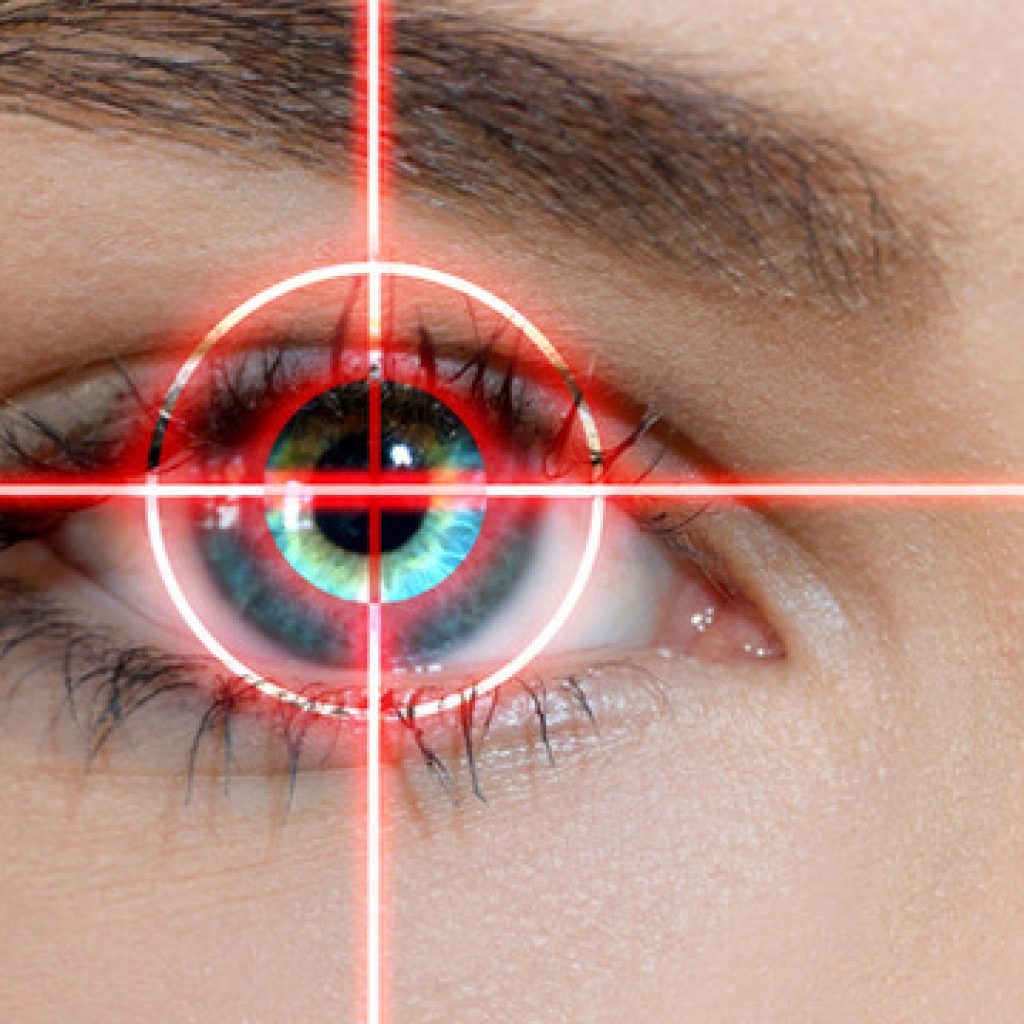The most frequently reported complications from LASIK surgery are dry eyes, halos, glare and other visual disturbances. These problems typically are temporary but rarely can be permanent. More severe complications, including significant vision loss, are possible but very uncommon.
LASIK, or “laser-assisted in situ keratomileusis,” is the most commonly performed laser eye surgery to treat myopia (nearsightedness), hyperopia (farsightedness) and astigmatism.
For clear vision, the eye’s cornea and lens must bend (refract) light rays properly. This allows images to be focused on the retina. Otherwise, the images will be blurry.
This blurriness is referred to as a “refractive error.” It is caused by a difference between the shape of the cornea (curvature) and the length of the eye.
LASIK uses an excimer laser (an ultraviolet laser) to remove a thin layer of corneal tissue. This gives the cornea a new shape so that light rays are focused clearly on the retina. LASIK causes the cornea to be thinner.
LASIK is an outpatient surgical procedure. It will take 10 to 15 minutes to perform for each eye.
The only anesthetic used is eye drops that numb the surface of the eye. The procedure is done when you are awake, but you will get medicine to help you relax. LASIK may be done on one or both eyes during the same session.
First, your eye surgeon uses either a mechanical surgical tool called a microkeratome or a femtosecond laser to create a thin, circular “flap” in the cornea.
The surgeon then folds back the hinged flap to access the underlying cornea (called the stroma) and removes some corneal tissue using an excimer laser.
This highly specialized laser uses a cool ultraviolet light beam to remove (“ablate”) microscopic amounts of tissue from the cornea to reshape it so it more accurately focuses light on the retina for improved vision.
The LASIK procedure (For Michigan see YaldoEyeCenter.com) offers extremely fast recovery: within hours of the surgery, the flap has usually begun to heal. Most patients are able to resume day-to-day activities just 24 hours after the surgery. You will receive a prescription for eye drops to use for five days after surgery. You must also wear sunglasses at night to prevent rubbing your eyes for the first two nights after surgery.
